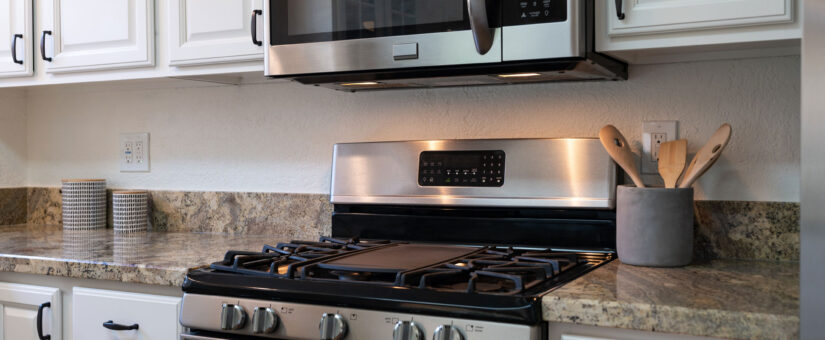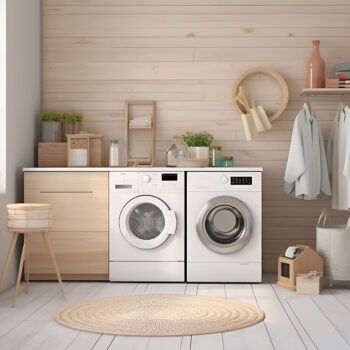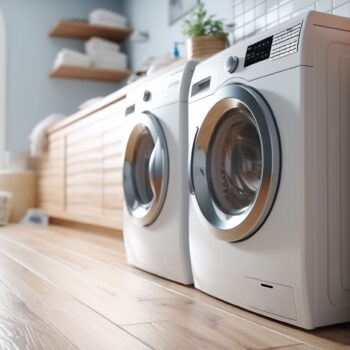
The Oven or the Microwave?
For centuries, the mainstay of the kitchen was the oven. But when the microwave was introduced, it became more than just a technological fad – the convenience of saving time and space brought a paradigm shift to the industry. Even so, the traditional oven still holds an important place in kitchens around the world. For example, baking a cake or cooking a turkey is still a task that the typical microwave oven just cannot do well. Therefore, while both appliances offer distinct benefits, understanding their differences is key to using the best device for your culinary adventures.
How Ovens Work
Microwave ovens are relatively newer kitchen staples that employ electromagnetic radiation to heat and cook food. Unlike conventional ovens, microwaves focus on heating the food directly and internally, not by using the air around the food, making them incredibly efficient for certain tasks.
Traditional ovens use either electric or gas heating elements to warm the air inside the oven. As the air increases in temperature, it heats the food. A convection oven uses a fan to circulate the hot air, which cooks and browns the food more evenly. Unlike microwaves, traditional and convection ovens heat the entire chamber, providing a different kind of cooking environment. Depending on the type of element, infrared radiation also comes into play for heating the food.
The Advantages of Cooking with Ovens
Microwaves are known for their convenience. They are ideal for quick heating and defrosting. Compared to ovens, they are typically user-friendly and require no preheating – just set the timer and start cooking. Their rapid cooking ability is a boon for those with a busy schedule. Moreover, they are generally more affordable, consume less energy, are smaller in size, and are easier to clean than their conventional counterparts.
Traditional ovens, also called convection ovens, shine in their versatility. They can bake, roast, grill, or broil, offering a wider range of cooking methods compared to microwaves. Their temperature control is more precise, allowing for a greater variety of culinary techniques. Convection ovens evenly distribute heat, ensuring your dishes are cooked thoroughly and consistently. They also can keep food warm in anticipation of or during a meal. They do require preheating and even self-cleaning models need some elbow grease every now and then.
Making the Right Choice in Ovens
- When deciding between using a microwave or convection oven, consider your cooking habits and kitchen needs.
- If you’re often in a rush or frequently reheat leftovers, a microwave’s speed and simplicity is beneficial.
- If you enjoy baking or experimenting with diverse cooking styles, a convection oven’s versatility and temperature control will serve you better.
- Microwaves generally take up less space and are lighter on the wallet, both in initial cost and energy efficiency.
- The typical kitchen features both ovens, giving you opportunity to find the best features of each.
Hybrid Ovens
A convection microwave combines the rapid heating of a microwave with the browning and crisping abilities of a convection oven. This hybrid option offers flexibility, especially for kitchens where space is at a premium. The reality is, however, that most kitchens feature both a convection and a microwave oven. It’s the family’s habits and the ability of the primary cook that determine whether both ovens get used on a regular basis.
River City Appliance for All Oven Repairs
At River City Appliance, we understand the importance of having all the tools in your kitchen working properly. If your microwave or your traditional oven needs repair, contact us promptly for assistance. Keep in mind, that if you ever smell gas coming from a gas stove or oven, and the appliance is turned off, you should immediately turn off the gas supply to your home and contact the gas company. If the gas utility decides that the fault is with your appliance, our experienced staff will come as soon as possible to assist you and keep your home safe.
- Posted by River City Appliance Blog
- On February 8, 2024
- 0 Comment




0 Comments